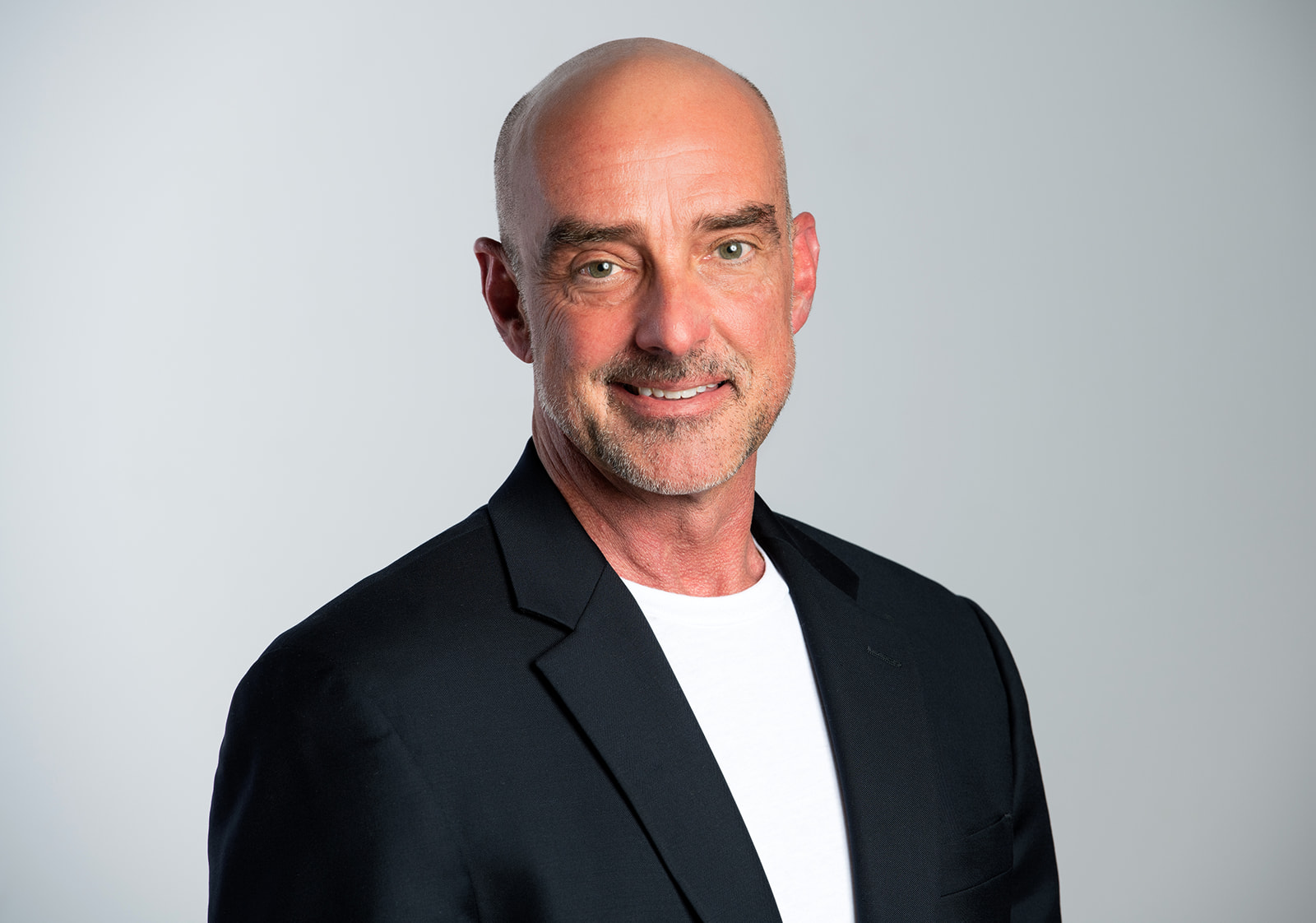The first thing I must stress is that it is the person who is being treated, not the diagnosis nor the illness. And I don’t even like the word “treated.” It would be better said that the pastoral psychotherapist accompanies the client/patient on a healing journey.
This journey goes in four directions:
1) It goes backward to locate the source of the pain, to recognize how it functioned outside of the person and then moved inside. It is metaphorically demonic; that is, the subjects do not have mental illness (with the exception of a very small minority who have an organic issue resulting in disrupting processes of thought or perception), the illness has possessed them. So, we return to the precipitating event or milieu in which the dis-ease took over.
2) Discovering the event and/or environment, we then turn to follow the journey inside the person. How has the disruptive incident or events or family soil from which they have sprung formed and malformed them into who they are today? The work at this point is akin to naturopathic medicine which preceded the era of pharmacological medicine, addressing symptoms with medications. Naturopathic medicine asked what was wrong with the constitution of the person that the infection could take hold. So, the work of pastoral psychotherapy is about assessing, repairing, and strengthening the individual’s relationship with self, immediate others, the world, and the numenous that connects all things. Various approaches to this are engaged such as cognitive, behavioral, mindfulness, and hypno therapies. But it is all in the context of the therapist accompanying the journey, being a psycho-spiritual companion on the journey of discovery so that the client/patient begins to heal the core self.
3) The work of inner healing cannot be done in absolute isolation. It requires a movement outward. The surrounding world must be reassessed and engaged in a new way. How will the new internal relationship the person has with authentic self be lived out in the world? Here, in situ, in the surrounding world one begins to practice new ways of being, relating to others, noticing the self as one relates to others in a new way. This provides a feedback loop for further self-reflection and discovery. The inner work of stage 2 is taken out of the classroom of the therapy consultation room and into the world so that the world becomes a place of continuing education, insight, and transformation.
4) Finally, the outward movement in the immediately surrounding world leads to a movement, for lack of a better descriptor, upward. It is not a literal movement upward into the heavens, but it is a movement that recognizes and is informed by a cosmic perspective embracing of all life experiences and all that is in a spirit of acceptance. In this movement, religious perspectives that were rooted in a transactional relationship with God/the Divine/the All/the Ground of Being become relationally oriented. This perspective of acceptance and transcendent unity will have ongoing and transformative effect on how parts of the brain function, resulting in greater calm, centeredness, confidence, wellbeing, and peace.
Although these directions are described in a way that might imply each is taken in a specific order and are separate, this is not the case. The general order does apply, but the directions are distinct and not separate. They are all happening all the time. Part of the task of the accompanying pastoral therapist is to mentor the client/patient in understanding and navigating these various aspects of the psycho-spiritual journey. Healing and wholeness are not an ultimate destination but an ongoing experience on the journey. The goal is to help the person get comfortable as a traveler on a sacred path, to help them recognize that they are set free for the journey of a lifetime.



Recent Comments